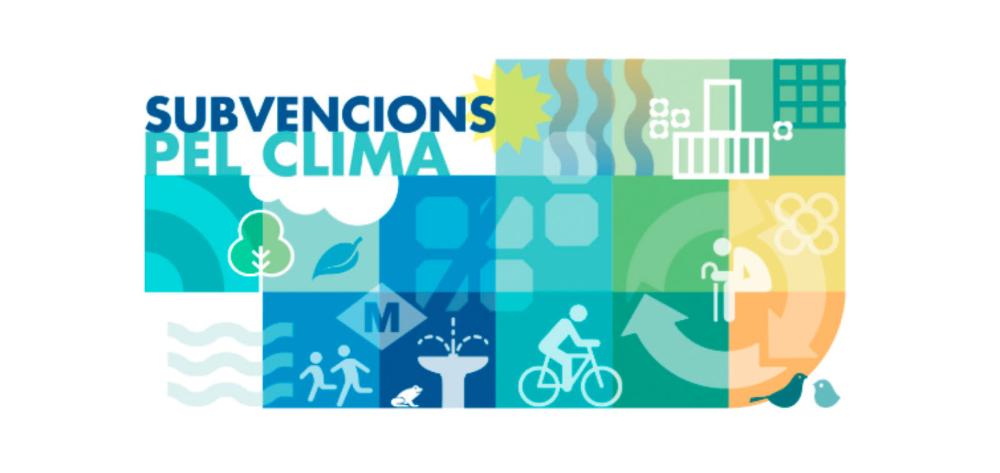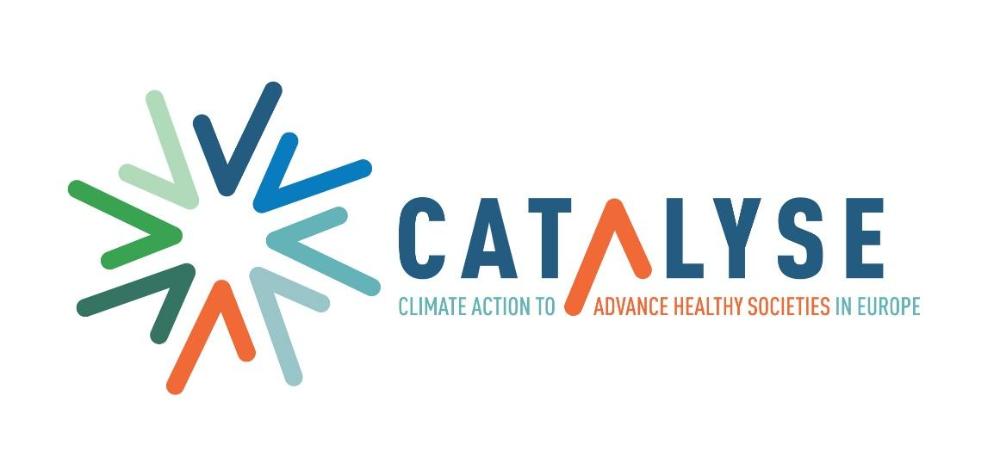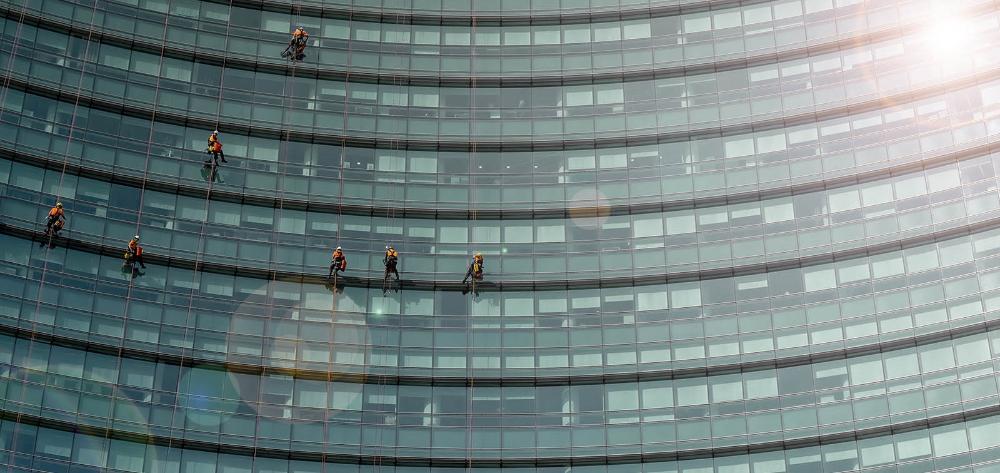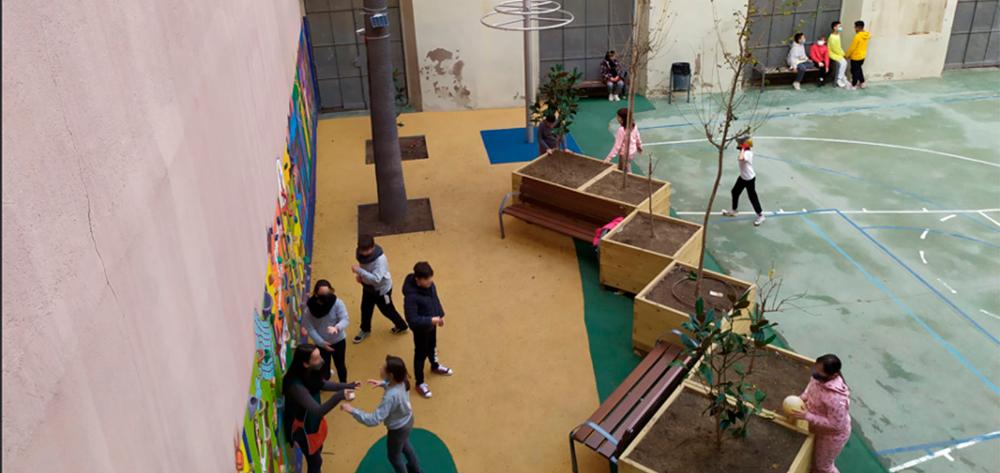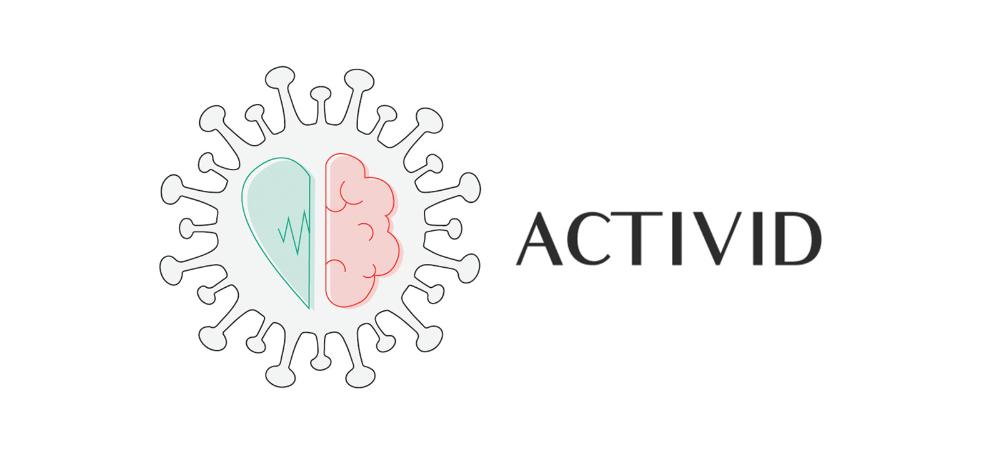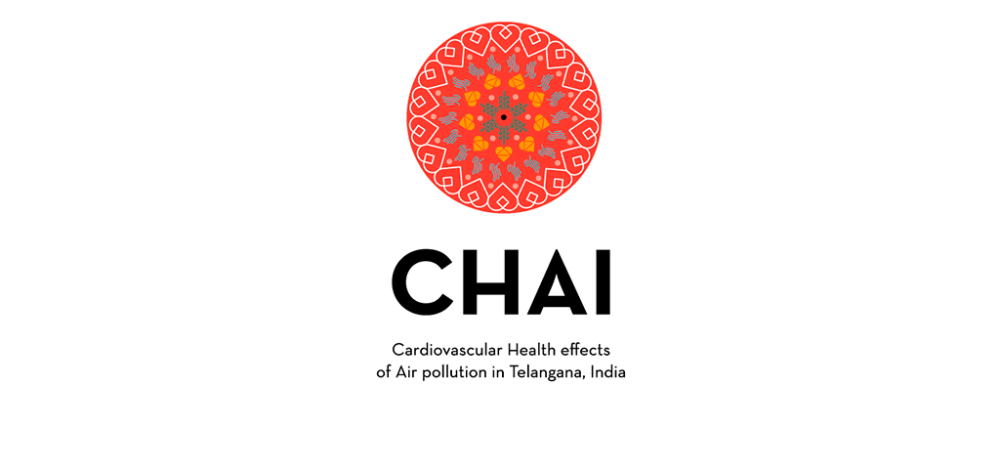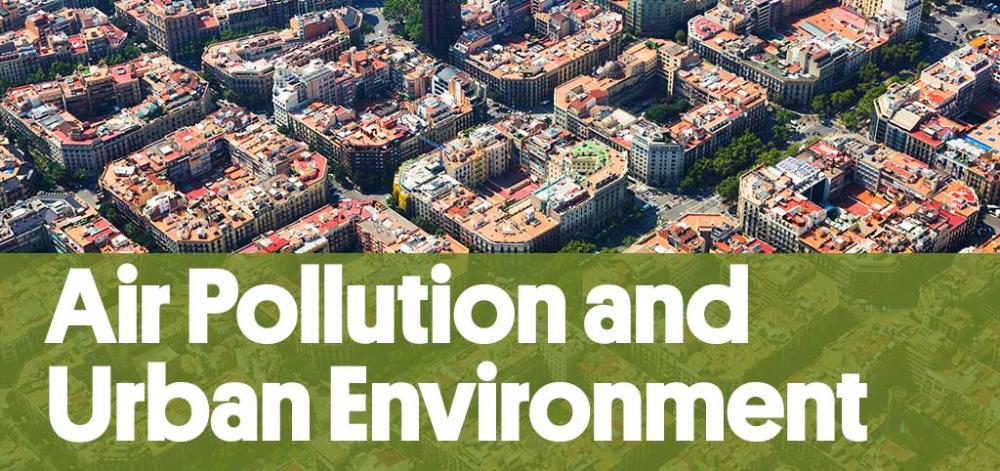Air Pollution and Urban Environment
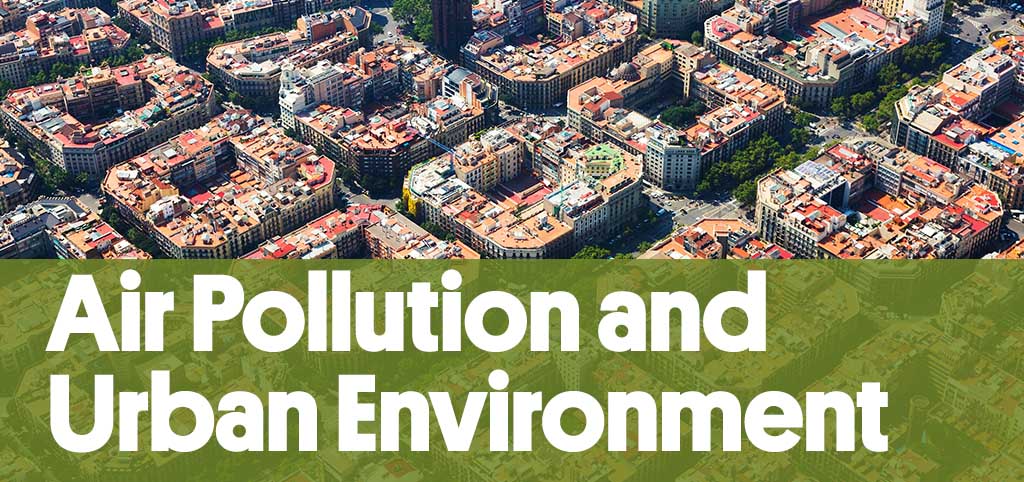
Ambient air pollution is one of the most prevalent environmental hazards, affecting up to 100% of the population from womb to death. Barcelona and other Spanish cities belong to the most polluted urban areas in Western Europe, not even in compliance with the lax European regulations. Seven million people die each year of air pollution worldwide.
Besides air pollution, noise has come higher up the agenda and has been associated with many adverse health effects including effects on cognitive function, sleep disturbances, and cardiovascular morbidity and mortality. The health impacts of noise may be as large as air pollution in certain cities.
Heat island effects are the result of built up areas in cities and contribute to increase cardiovascular morbidity and overall mortality. Particularly during the Summer high temperature can lead to excess mortality.
Green and blue spaces has beneficial effects on people´s health including a reduction in stress, mental health problems and a reduction in cardiovascular and overall mortality. However many urban areas lack green space resulting into measurable negative health impacts in these areas.
Physical activity is beneficial to health and sufficient physical activity results in reduced mortality, a reduction in certain cancers and a reduction in dementia. Unfortunately a large proportion of the population does not get sufficient physical activity.
The air pollution and urban environment programme includes exposure assessment, epidemiological and health impacts studies on a range of urban-related exposures including air pollution, noise, temperature, and natural environments (including green and blue spaces) and lifestyle (including active transportation and physical activity). The main aims are to get a better understanding where and how people's exposure takes place in urban settings, what the relationships between the exposures and health are, and what is the likely burden of disease. The work uses a combination of novel tools such as geographical information systems, satellite data and smartphone technology to estimate people's exposure.
The programme does studies to evaluate the relationship between air pollution, noise, heat, green space and physical activity and health to improve the evidence base and conduct health impact modeling to assess the overall contribution of these factors to health, including for different policy scenarios.
The programme works actively with various stakeholders, particularly in cities to improve current environmental conditions and make cities healthier places to live.
Scientific objectives
- To strengthen the knowledge in the field of exposure, health effects, mechanisms, and health impact assessment of air pollution, natural environment, noise, temperature and active transportation, particularly in global contexts where little research has been conducted previously, with the aim to improve healthy urban living.
- To boost the transdisciplinary area of active transportation and health, including physical activity and air pollution, and their interaction.
- To develop novel exposure assessment/epidemiological/statistical methodology applied to air pollution, green space, temperature, noise, and active transportation research.
Our Team
Head
-
 Mark J Nieuwenhuijsen Research Professor, Director of the Urban Planning, Environment and Health Initiative, and Head of the Climate, Air Pollution, Nature and Urban Health Programme
Mark J Nieuwenhuijsen Research Professor, Director of the Urban Planning, Environment and Health Initiative, and Head of the Climate, Air Pollution, Nature and Urban Health Programme
Our Team
-
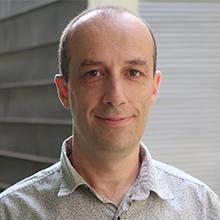 Xavier Basagaña Research Professor
Xavier Basagaña Research Professor -
Payam Dadvand
-
 Mònica Guxens Research Professor
Mònica Guxens Research Professor -
 Jill Litt Senior Researcher
Jill Litt Senior Researcher -
Cathryn Cecelia Tonne
-
 MICHELLE TURNER Associate Research Professor
MICHELLE TURNER Associate Research Professor -
 Albert Ambròs Technician GIS
Albert Ambròs Technician GIS -
Jose Barrera Gómez
-
 Glòria Carrasco Research Technician
Glòria Carrasco Research Technician -
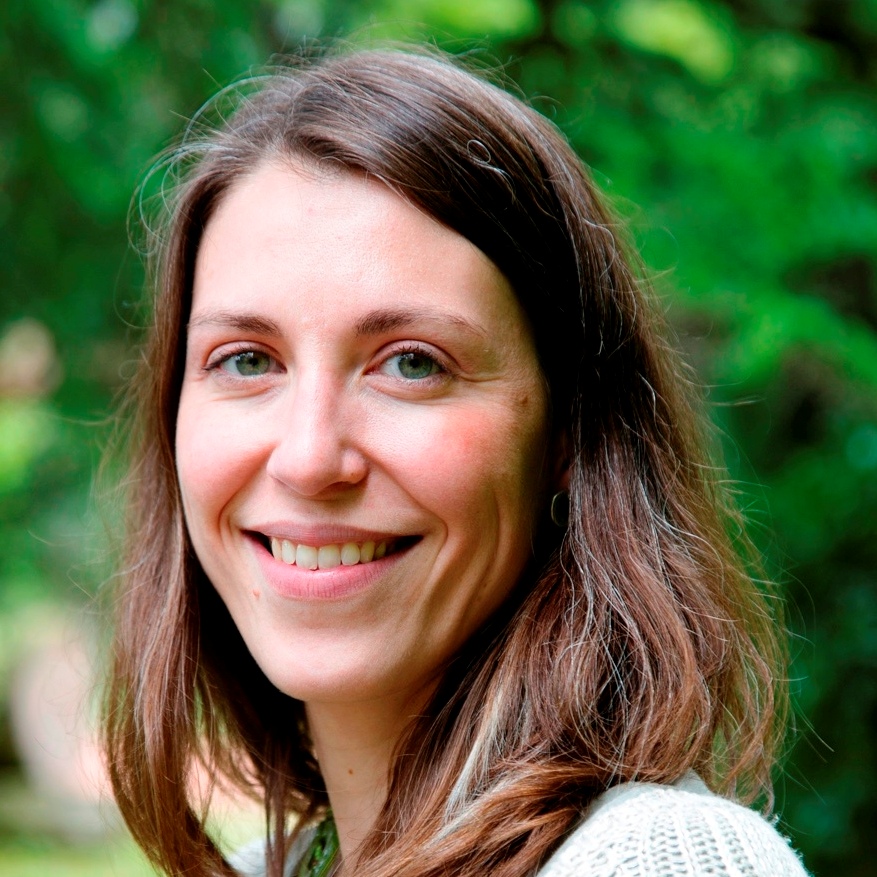 Montserrat de Castro Technician GIS
Montserrat de Castro Technician GIS -
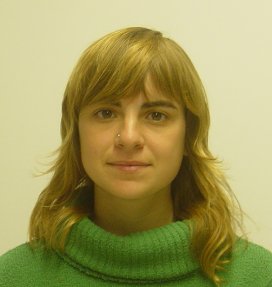 Marta Cirach Pradas GIS Technician
Marta Cirach Pradas GIS Technician -
 MARIA DEL MAR FERRER Personal Assistant
MARIA DEL MAR FERRER Personal Assistant -
 Vijendra Ingole Postdoctoral Fellow
Vijendra Ingole Postdoctoral Fellow -
 Malgorzata Joanna Lubczynska Predoctoral researcher
Malgorzata Joanna Lubczynska Predoctoral researcher -
Sandra Márquez Statistician
-
 Natalie Mueller Assistant Research Professor
Natalie Mueller Assistant Research Professor -
 Otavio Ranzani Assistant Research Professor
Otavio Ranzani Assistant Research Professor -
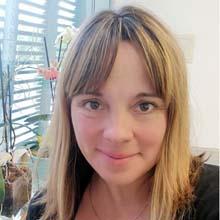 Mònica Ubalde Postdoctoral Researcher
Mònica Ubalde Postdoctoral Researcher -
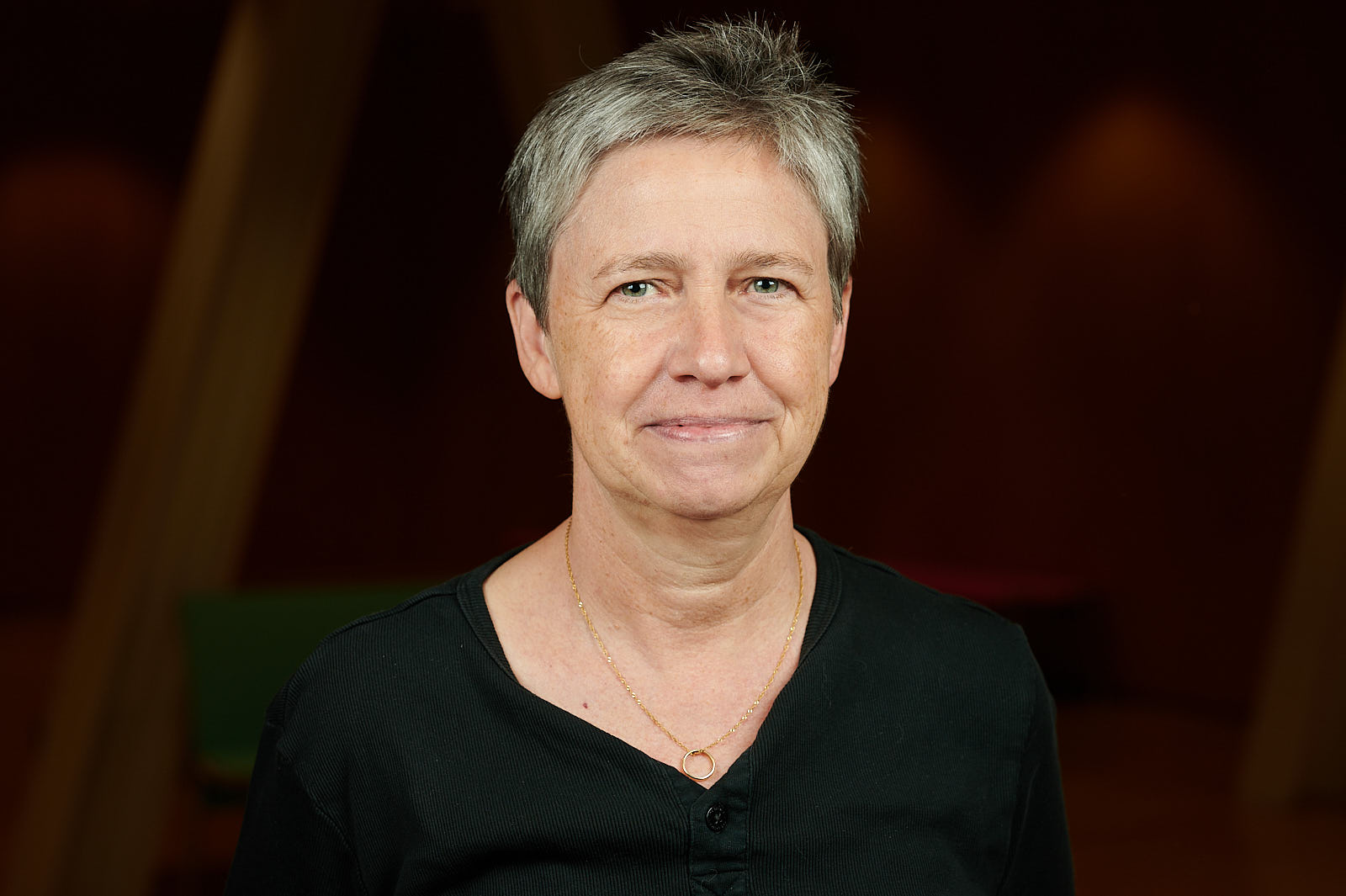 Antònia Valentín Geographical Information System (GIS) Technician
Antònia Valentín Geographical Information System (GIS) Technician -
 Matilda van den Bosch Senior Researcher
Matilda van den Bosch Senior Researcher
Highlighted Projects
Climate Change Challenge. Big Data for the City
Pla Clima
CATALYSE
Climate Action To Advance HeaLthY Societies in Europe
The European Urban Burden of Disease Project
RECETAS
Re-imagining Environments for Connection and Engagement: Testing Actions for Social Prescribing in Natural Spaces
CalTraS
Calor, Trabajo y Salud
REMEDHY
Researching Environments that Magnify Health Everyday
ACTIVID
Impact of the health crisis due to COVID-19 on Physical Activity and Mental Health in Spain
CHAI
Cardiovascular Health effects of Air pollution in Andhra Pradesh, India
PASTA - Physical Activity through Sustainable Transport Approaches
Other projects
See Past ProjectsBase genética materna y fetal de la función placentaria
Project Code: PI20/01116
ONES
Fine Particle Matter, Fetal Growth, and Neurodevelopment: Examining Critical Windows of Susceptibility
Calor, trabajo y salud: caracterización de la exposición, marcadores de salud y efectividad de intervenciones
Project Code: PI20/00608
EXPLICA - Uso del EXPosoma para eLucIdar los factores promotores del riesgo CArdiovascular en entornos urbanos
Project Code: PI21/00930



